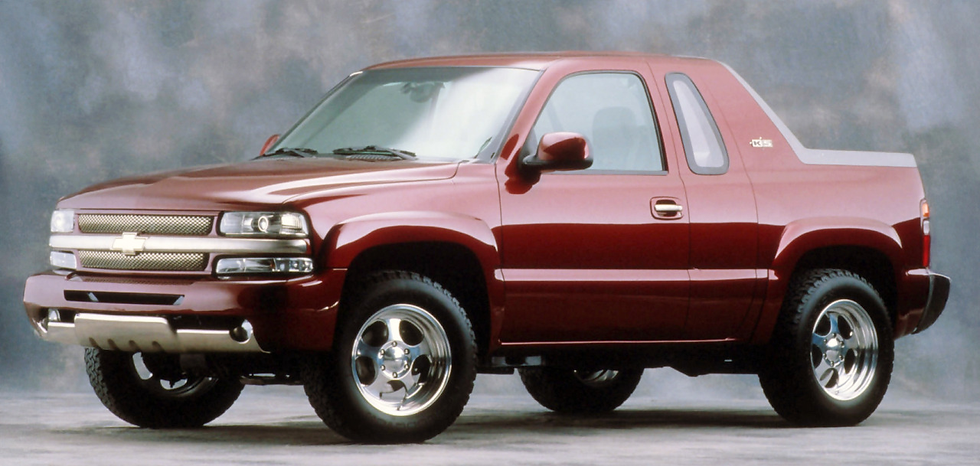2005 Mercedes-Benz Bionic Concept
- Story Cars
.png/v1/fill/w_320,h_320/file.jpg)
- May 14
- 2 min read
The 2005 Mercedes-Benz Bionic Concept was a groundbreaking research vehicle inspired by an unlikely source — the tropical yellow boxfish (Ostracion cubicus). Despite its cubic appearance, the boxfish exhibits remarkable hydrodynamic stability, which Mercedes engineers hoped to replicate in automotive design. This concept vehicle represented a fusion of bionics — using nature's engineering as a model — and automotive innovation.
Mercedes designers used the boxfish’s unique body shape to create a four-seat vehicle with surprisingly efficient aerodynamics. The micro-vortex effect observed in the fish’s body allows it to glide with minimal fin movement, saving energy — a trait Mercedes mimicked in the Bionic Car. The resulting vehicle was compact (4243 mm long, 1815 mm wide, and 1594 mm high), with a drag coefficient of just 0.19, which was exceptionally low for its class. To enhance aerodynamics, the rear wheels were enclosed in fairings, the door handles were retractable, and side mirrors were replaced with video cameras. Although these futuristic elements were not production-ready, they showcased Mercedes' intention to innovate radically in form and function.
Under the hood, the Bionic Concept featured a 2.0-liter turbocharged direct-injection diesel engine producing 140 horsepower. It was paired with BlueTec emissions technology, which used AdBlue, a urea-based additive injected into the exhaust system. This significantly reduced nitrogen oxide emissions by up to 80%, while the car achieved an average fuel consumption of just 4.3 liters per 100 km — about 20% better than its closest production peers. Thanks to a 54-liter fuel tank, the Bionic Concept could travel long distances — such as the route from Moscow to Brest — on a single tank. It also featured a maintenance-free particulate filter to trap soot, improving environmental friendliness further.
Beyond its streamlined profile, the Bionic Concept also embodied lightweight engineering. Inspired by the boxfish’s fused hexagonal bone plates, Mercedes developed a body structure that was both light and incredibly strong. The roof and exterior panels of the car were designed with this principle, leading to a 40% increase in rigidity compared to standard methods. These advances were seen as a preview of future materials and structural strategies for passenger cars.
While initially praised for its innovative approach, subsequent biological research questioned the original premise: the boxfish’s shape was not particularly aerodynamic and might even contribute to instability while swimming, a discovery known as the “boxfish swimming paradox.” Nevertheless, the Mercedes Bionic Concept remains a key example of early 21st-century biomimicry in vehicle design. Although Mercedes-Benz did not put the Bionic into production, many of its efficiency, safety, and sustainability features — especially its BlueTec emissions system — were later adapted for mainstream models. The Bionic Concept stands as an ambitious step into the future of ecological design, where nature and engineering converge.

































Comments